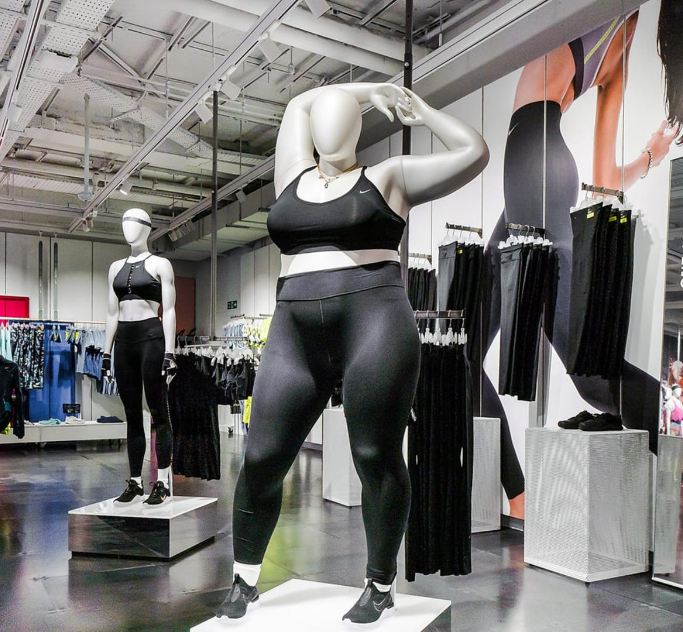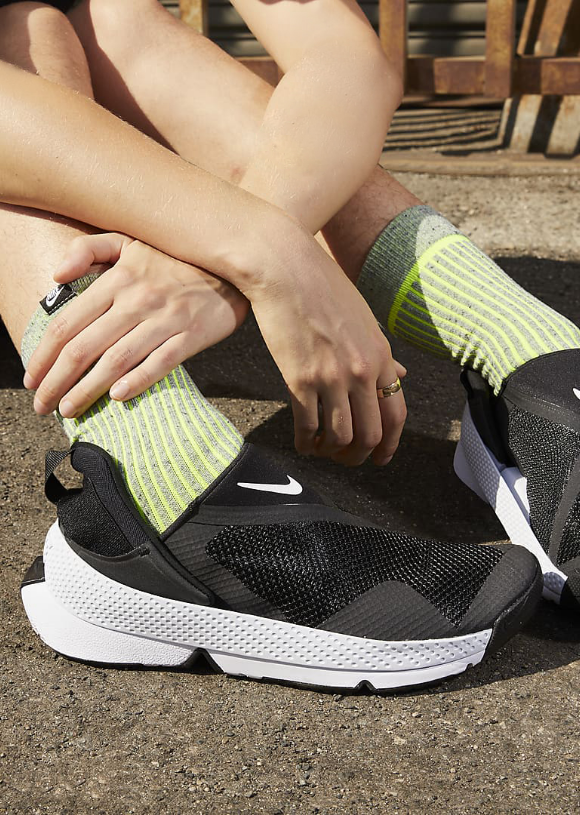The fashion and beauty sectors have the power to surprise and delight the modern consumer. For years, these industries have shaped the public discourse on everything from pop culture to artistry and even politics. Along the way, however, the very trends meant to capture our fascination have been accused of contributing to a whole host of problems: low self-esteem, poor body image, and even disordered eating. The issue relies in the often narrow definition of beauty, which has frequently been exclusionary above all else.
While this narrow definition represented the status quo for generations, a shift is clearly upon us. No longer satisfied to passively observe trends set by industry leaders, consumers are ready to take the reins. They demand a stronger voice — and if brands don't respond, they'll find their own solutions.
This shift in power represents an exciting opportunity for consumers and brands alike. Those that manage to connect with this new generation of fashion mavens can build stronger relationships and achieve a new level of loyalty. Brands that cling to the status quo, however, may miss out on a large population of passionate consumers — and as their 'traditional' aesthetic and messaging are increasingly viewed in a negative light, they may even drive away the core customer base on which they've long depended.
Change is definitely afoot in the world of fashion and beauty, where diversity increasingly means accepting and, more importantly, embracing beauty in all its forms. We delve into these exciting trends below:


